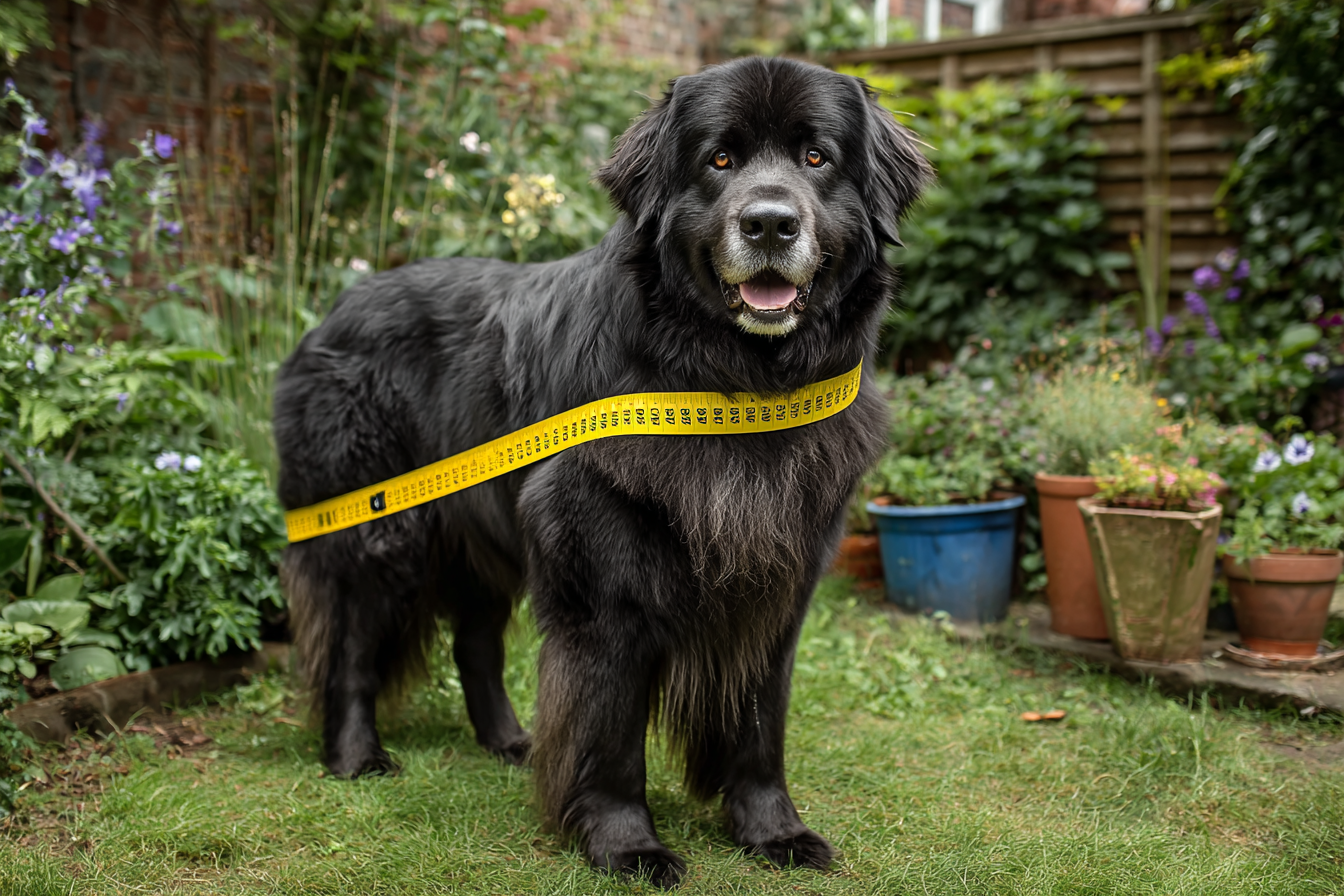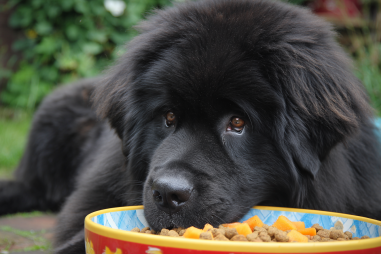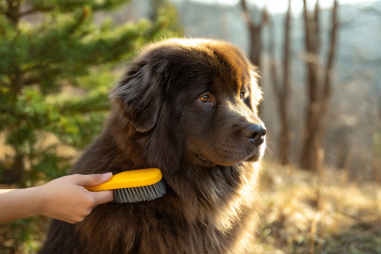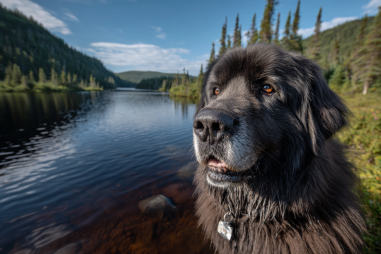Newfoundland dogs are known for their impressive size, gentle nature, and loyal companionship. If you’re considering bringing one into your home or already have a Newfoundland puppy, understanding their size and weight standards is vital. Knowing what to expect as your dog grows will help you ensure their healthy development and provide the right care to keep them happy and strong. Let’s explore the typical size ranges, growth stages, and how to keep track of your Newfoundland’s health throughout their life.
Average Size and Weight of Adult Males and Females
Newfoundland dogs are a giant breed, famous for their massive stature and strength. When fully grown, their size and weight can vary based on gender and genetics. Generally, adult male Newfoundlands are larger and heavier than females. Here’s a typical range you can expect:
- Adult Males: Usually stand about 28 inches (71 cm) tall at the shoulder and weigh between 130 to 150 pounds (59 to 68 kg).
- Adult Females: Typically measure around 26 inches (66 cm) tall at the shoulder and weigh between 100 to 120 pounds (45 to 54 kg).
Of course, individual dogs may fall outside these ranges, but this gives you a solid baseline to understand typical Newfoundland dog size and weight standards.
Growth Stages From Puppy to Adult
Newfoundlands develop quickly during the first year, but their full size and weight continue to evolve until around 18 to 24 months of age. Here’s an overview of their growth stages:
- Newborn to 8 Weeks: Newfoundlands are born tiny, usually weighing just 1 to 2 pounds. Their first two months are focused on rapid growth and development as they begin to walk and eat solid food.
- 2 to 4 Months: Puppies typically weigh between 20 to 40 pounds in this stage. They are very active and playful, growing rapidly in height and length.
- 4 to 6 Months: By half a year old, many Newfies weigh between 50 to 80 pounds. Their bone structure and muscles start to thicken considerably.
- 6 to 12 Months: Growth slows down slightly but continues steadily. Most Newfoundlands reach about 75-90% of their adult size by 12 months.
- 12 to 24 Months: Muscle and bone mass fill out, and final adult size and weight stabilize. Some very large males may continue to gain muscle up to two years of age.
Factors Influencing Size
While breed standards provide average size ranges, multiple factors can impact your Newfoundland’s final size and weight:
- Genetics: The genes inherited from parents play a huge role. Large parents generally produce large offspring.
- Nutrition: A balanced diet supports healthy growth. Overfeeding can cause unhealthy weight gain, while underfeeding can stunt growth.
- Exercise: Proper exercise strengthens muscles and joints. However, too much intense exercise during puppyhood can harm growth plates.
- Health Conditions: Certain conditions can affect growth, so regular vet checkups are important.
- Spaying/Neutering: This can influence growth rates slightly, sometimes resulting in a small increase in size due to delayed closure of growth plates.
How to Measure and Monitor Weight
Keeping track of your Newfoundland’s weight throughout their growth is crucial to ensure they stay within healthy limits. Here’s how you can effectively monitor their size:
- Regular Weigh-Ins: Weigh your dog monthly during puppyhood and then every few months as they mature.
- Use a Scale: Large dog scales at the vet clinic or a reliable bathroom scale at home can be used. For home weighing, place your dog on the scale calmly and record the weight.
- Measure Height: Use a tape measure or yardstick to measure from the ground to the withers (top of the shoulders). Repeat measurements every few months.
- Body Condition Scoring: Learn to assess your dog’s body fat visually and by feel. You should be able to feel ribs without pressing hard but they shouldn’t be overly visible.
Indications of Healthy Growth
Healthy Newfoundland development is characterized not just by size but also by overall condition and behavior. Signs your dog is growing well include:
- Steady Weight Gain: Avoid sudden spikes or drops in weight.
- Good Muscle Tone: Your Newfie should build muscle as they grow, especially around the chest, legs, and shoulders.
- Activity Levels: Puppies should be playful and active without appearing lethargic or excessively tired.
- Proportional Growth: As they mature, their limbs, torso, and head proportions should all develop harmoniously.
- Healthy Coat and Skin: A shiny coat and supple skin often indicate good nutrition and health.
When to Consult a Vet
While it’s normal for dogs to vary in size, some signs should prompt a veterinary consultation to rule out health issues:
- Unexpected rapid weight gain or difficulty gaining weight.
- Signs of pain, limping, or unwillingness to exercise.
- Swollen joints or abnormal growths.
- Digestive issues such as diarrhea, vomiting, or poor appetite.
- Changes in behavior or activity that concern you.
Regular vet visits are essential during your Newfoundland’s growth to ensure vaccinations and preventive care are on track while monitoring for any development concerns.
A Lifetime of Impressive Growth and Gentle Companionship
Newfoundland dogs are truly majestic as they fill out into their full adult size. Understanding the typical size and weight standards and the factors that influence growth will help you provide the best care for your gentle giant. By monitoring weight and health carefully, offering balanced nutrition, and watching for signs of healthy growth, you can enjoy many wonderful years with a strong, happy Newfoundland by your side.







